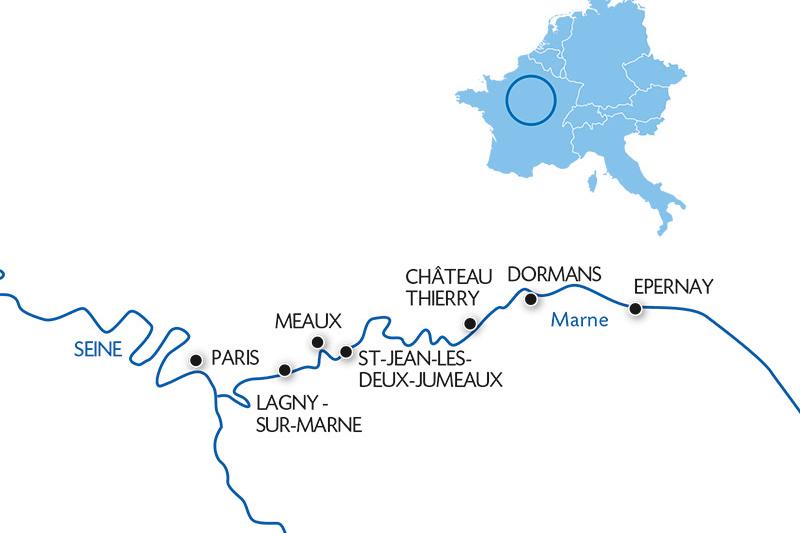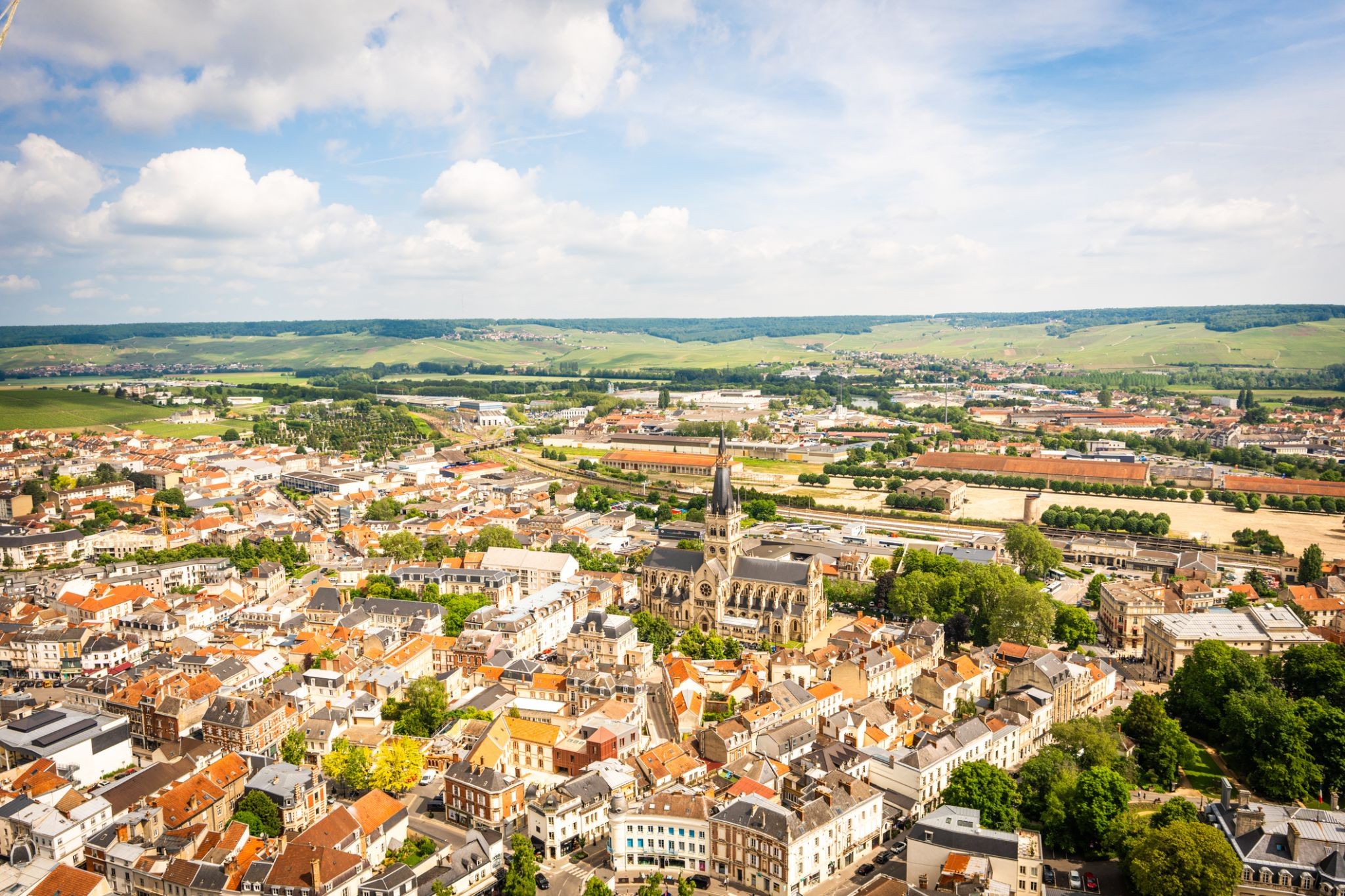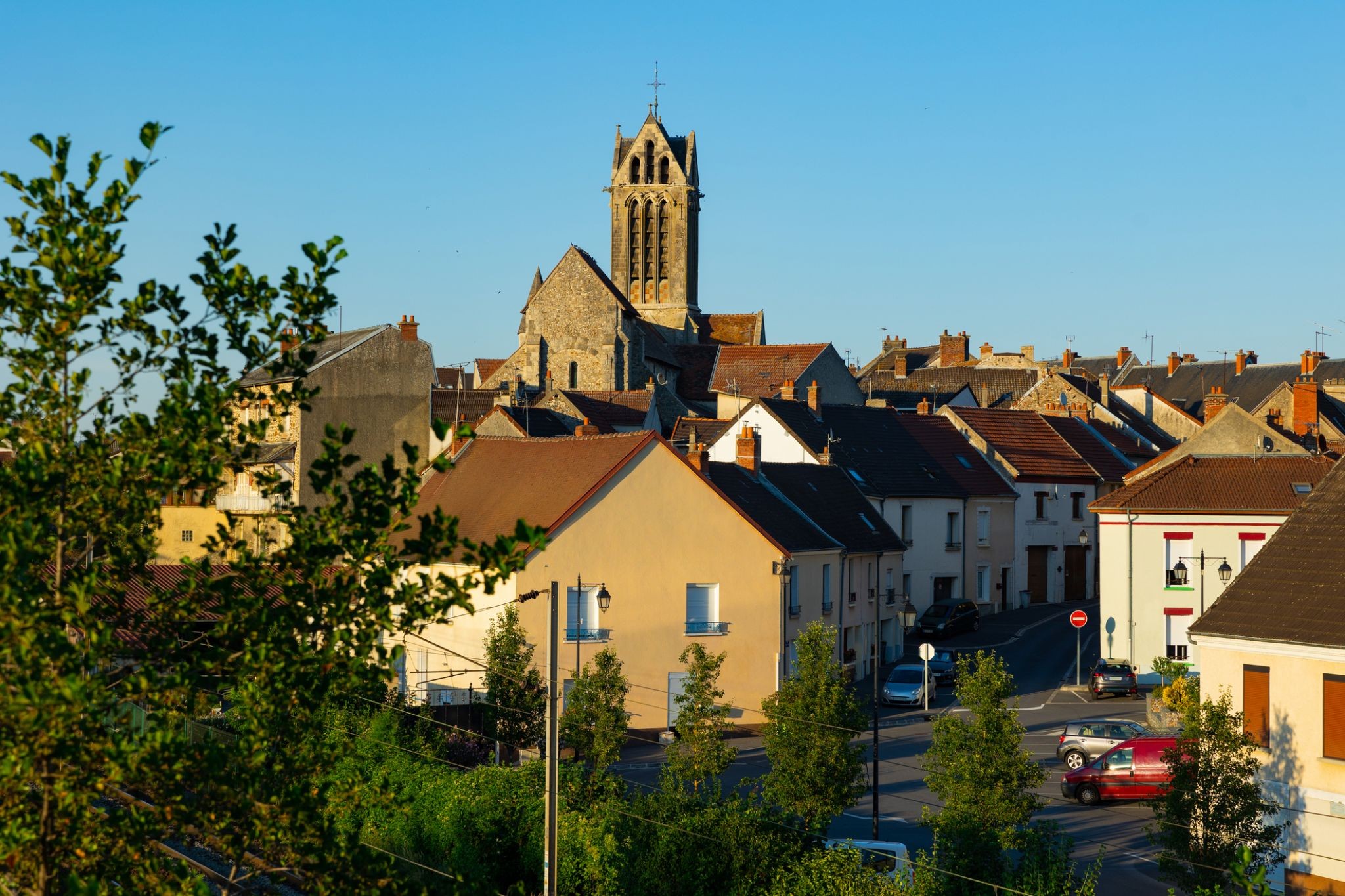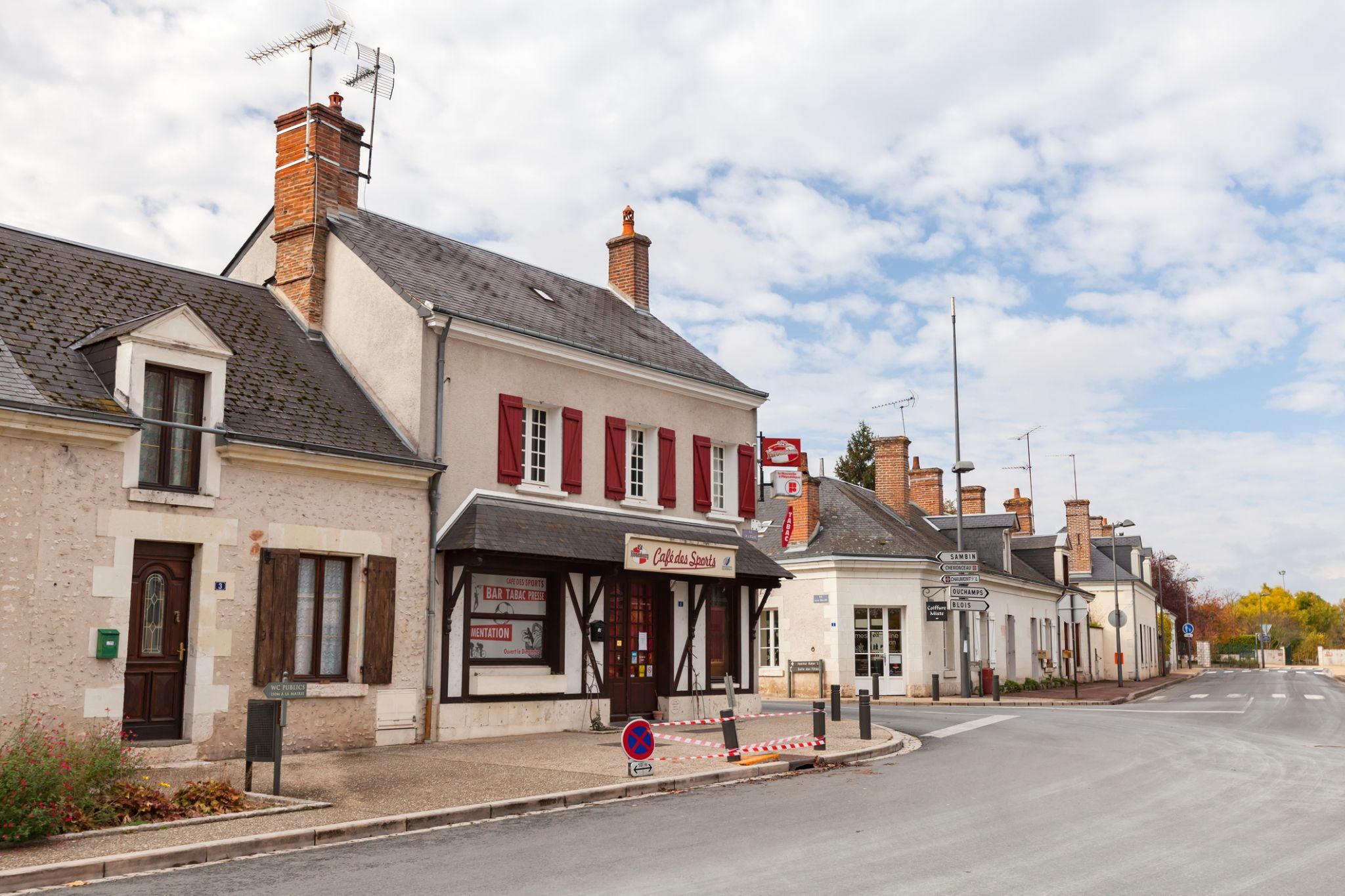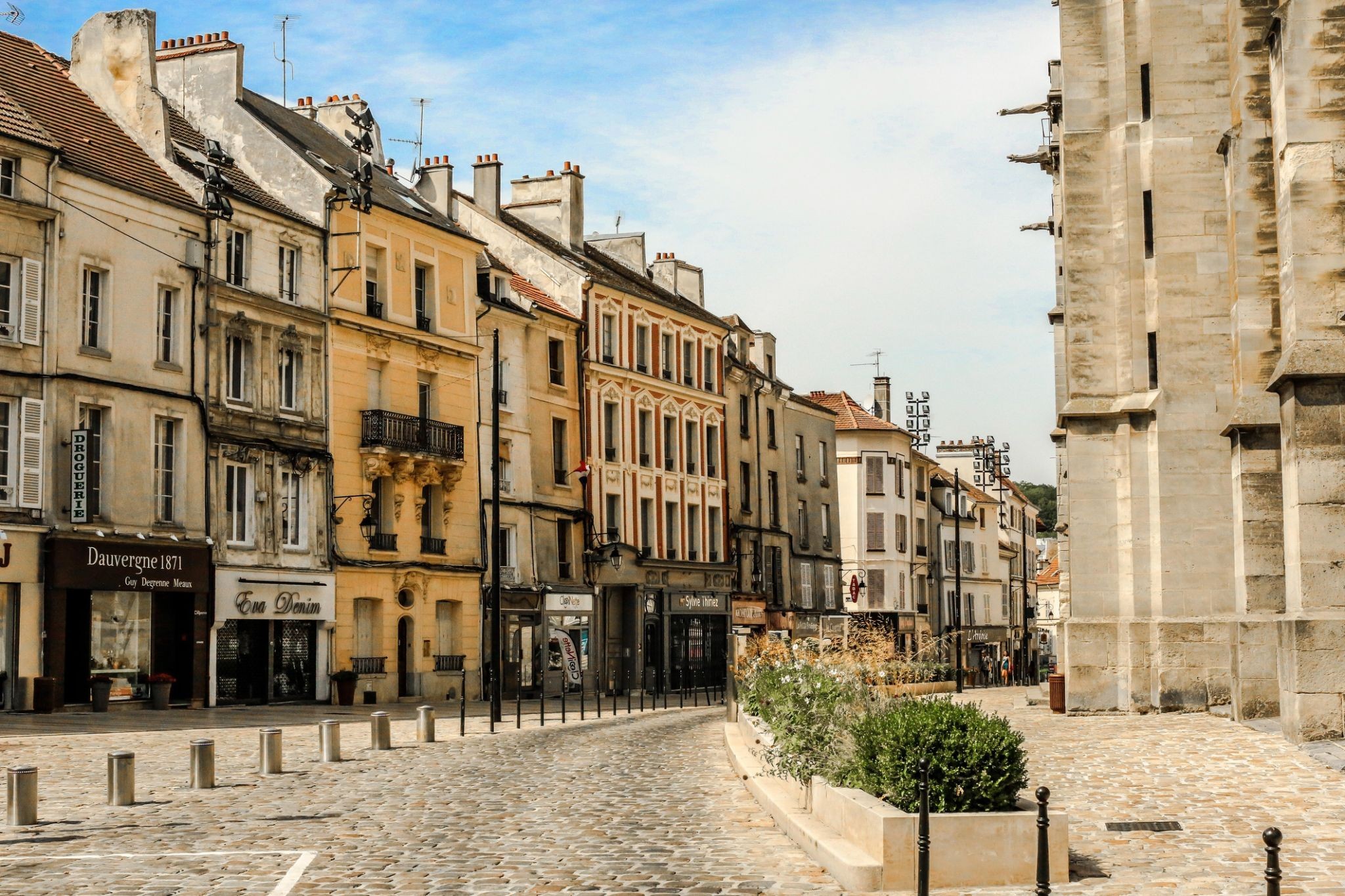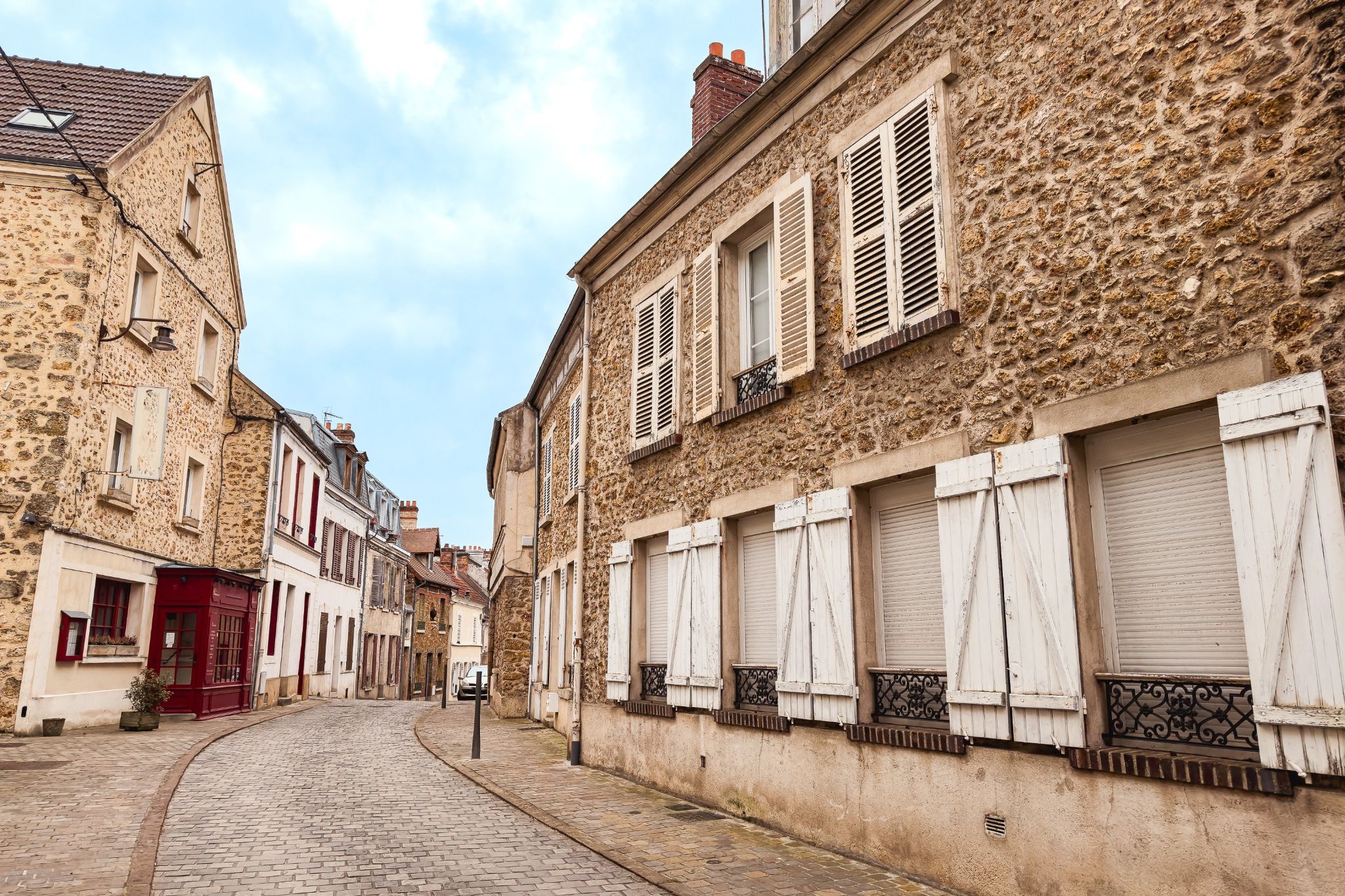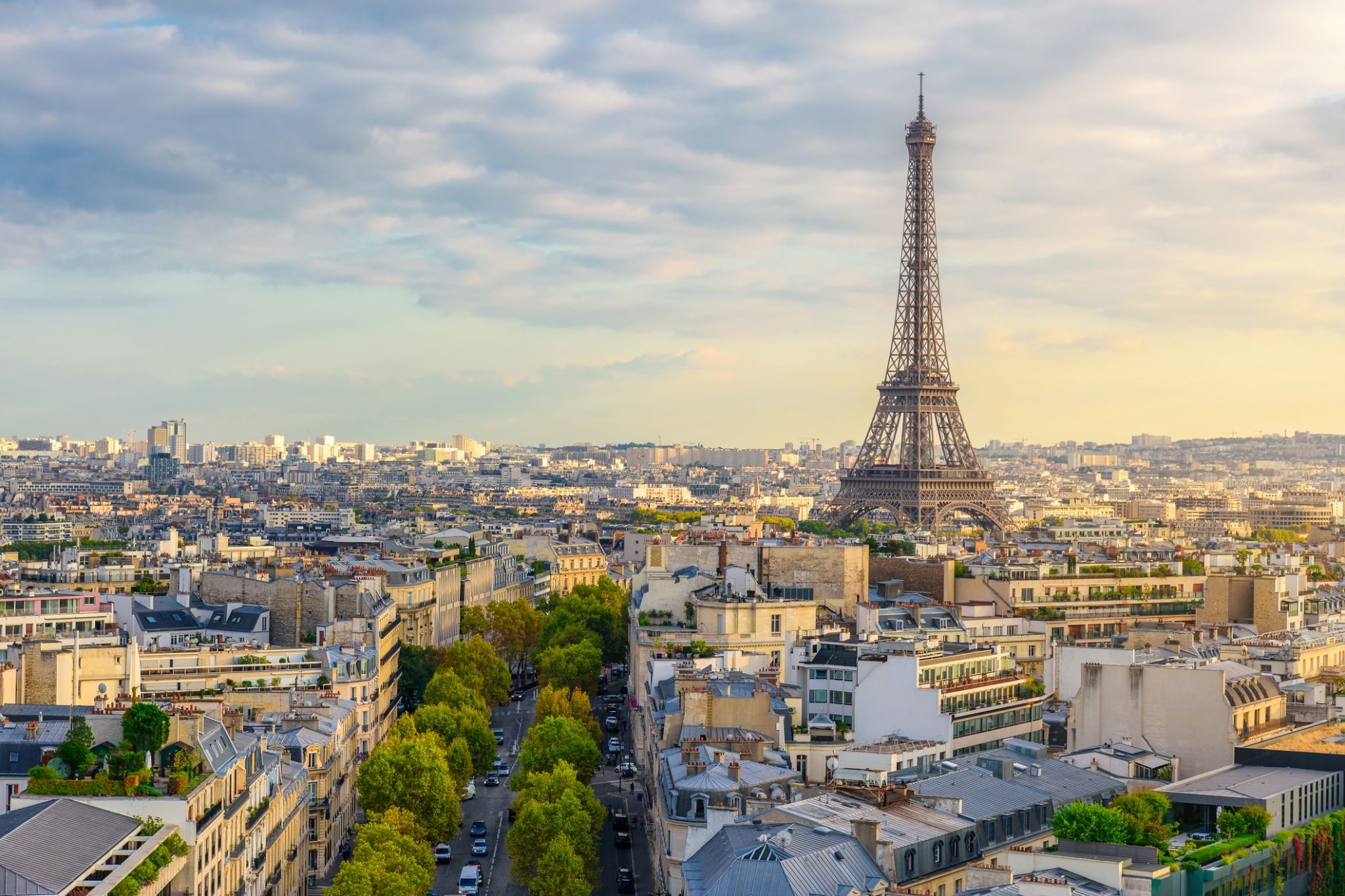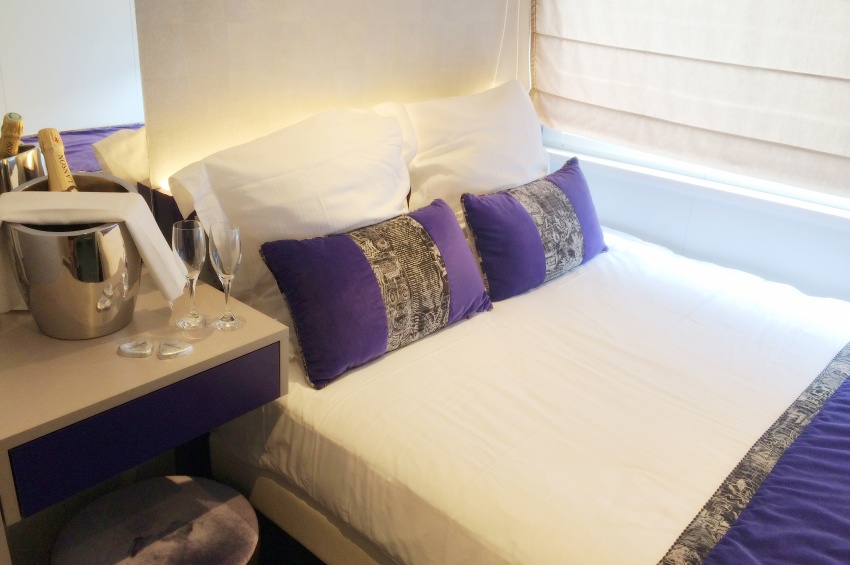Rejs 30 934 041
Rejs po kanale Marna-Ren z Epernay do Paryża
| Region rejsu : Europa |
| Firma : Croisi Europe |
| Statek : Ms Déborah |
| Data rozpoczęcia : śr. 21 paź 2026 |
| Data zakończenia : wt. 27 paź 2026 |
| Liczba nocy : 6 nocy |
Harmonogram
| Dzień | Data | Port | Wypłynięcie | Odpłynięcie |
|---|---|---|---|---|
| 1 | 21.10 śr. | Epernay / Francja | 18:00 | |
| 2 | 22.10 czw. | Epernay / Francja | 12:00 | |
| 2 | 22.10 czw. | Dormans / Francja | 19:00 | |
| 3 | 23.10 pt. | Dormans / Francja | 13:00 | |
| 3 | 23.10 pt. | Château-Thierry / Francja | 18:00 | |
| 4 | 24.10 sob. | Château-Thierry / Francja | 12:00 | |
| 4 | 24.10 sob. | Saint-Jean-les-Deux-Jumeaux / Francja | 18:30 | |
| 5 | 25.10 niedz. | Saint-Jean-les-Deux-Jumeaux / Francja | 08:00 | |
| 5 | 25.10 niedz. | Meaux / Francja | 13:00 | 13:30 |
| 5 | 25.10 niedz. | Lagny-sur-Marne / Francja | 18:30 | |
| 6 | 26.10 pon. | Lagny-sur-Marne / Francja | 07:00 | |
| 6 | 26.10 pon. | Paryż / Francja | 14:15 | |
| 7 | 27.10 wt. | Paryż / Francja | 09:00 |
All inclusive on board
THE CROISIEUROPE DIFFERENCE
All meals included - DRINKS INCLUDED with meals and at the bar
Refined French cuisine - Gala dinner and evening - Welcome cocktail
Free Wi-Fi onboard
Headsets are included for excursions
Official welcome from the captain and crew
Onboard activities
Travel assistance and repatriation insurance
All port fees included
-
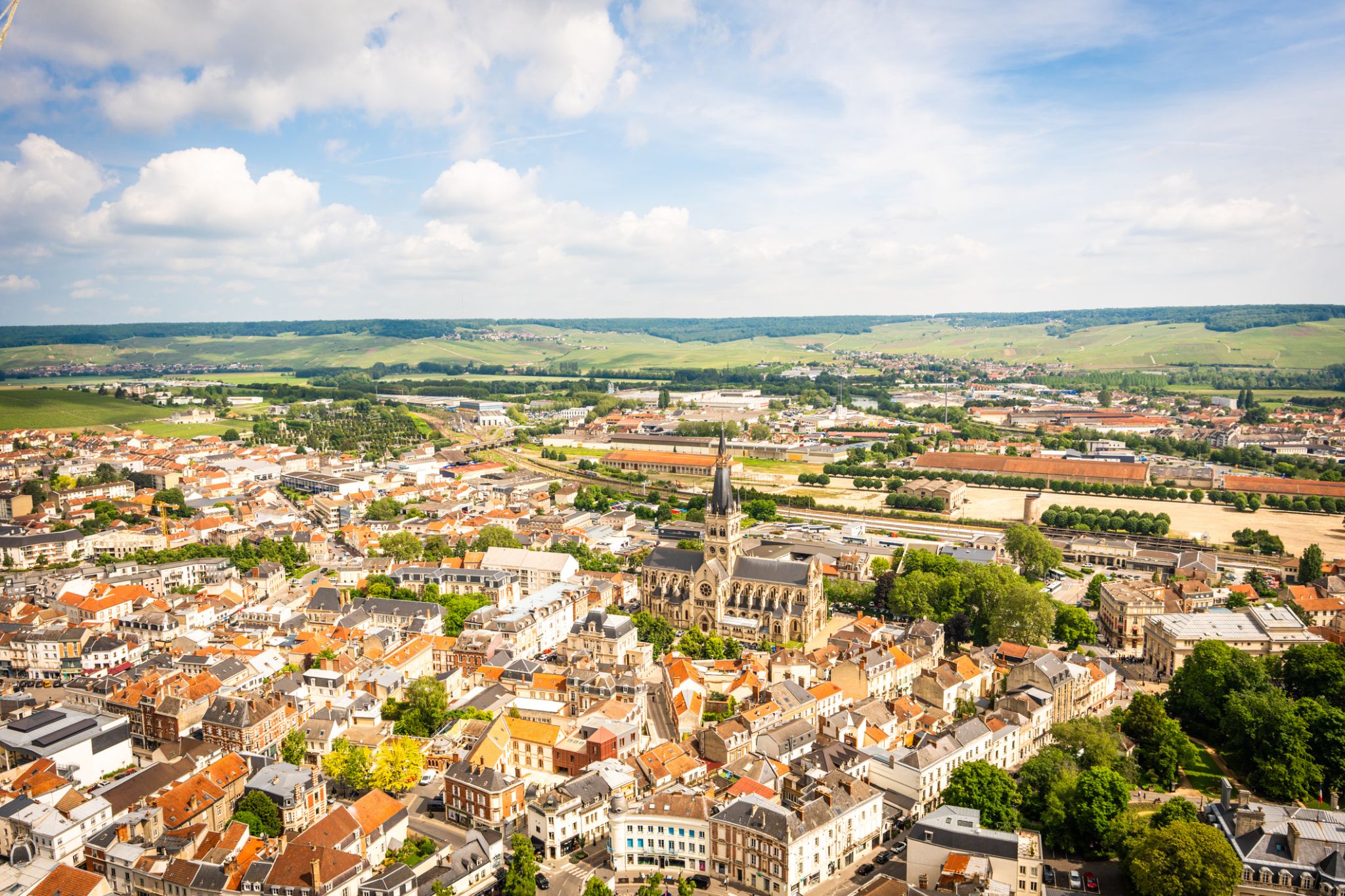 Dzień 1: 18:00
Dzień 1: 18:00Epernay / Francja
-
 Dzień 2: 12:00
Dzień 2: 12:00Epernay / Francja
-
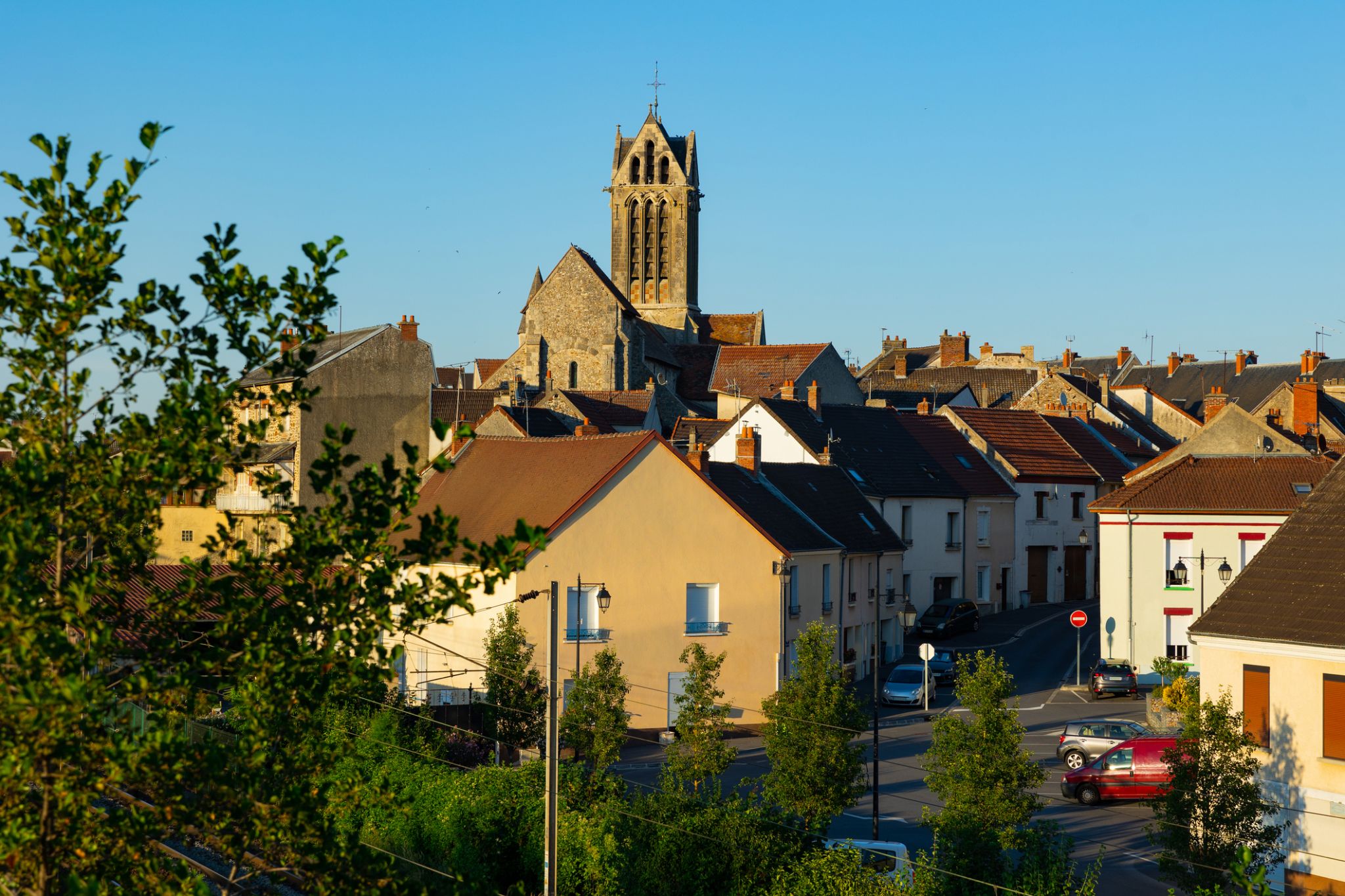 Dzień 2: 19:00
Dzień 2: 19:00Dormans / Francja
-
 Dzień 3: 13:00
Dzień 3: 13:00Dormans / Francja
-
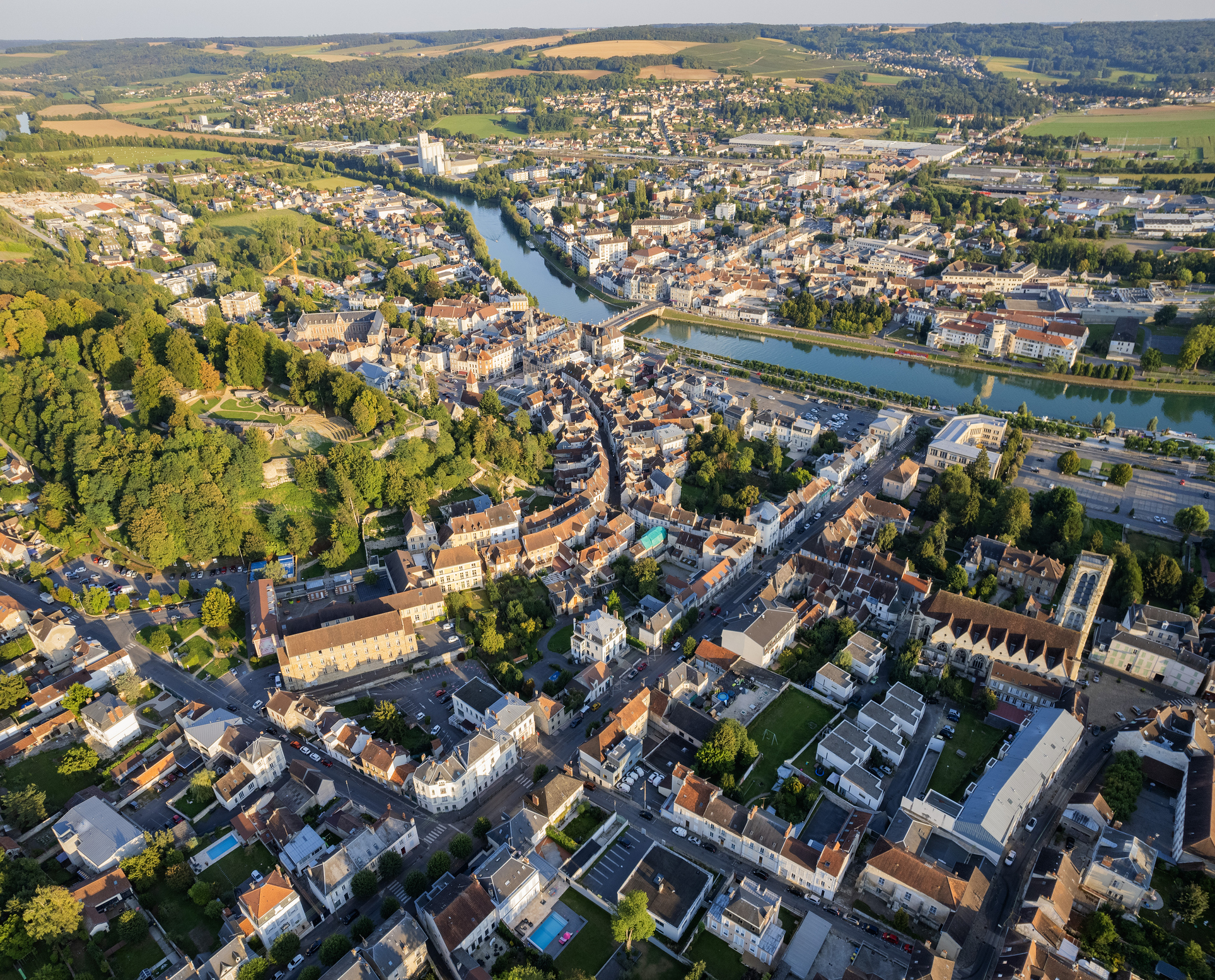 Dzień 3: 18:00
Dzień 3: 18:00Château-Thierry / Francja
-
 Dzień 4: 12:00
Dzień 4: 12:00Château-Thierry / Francja
-
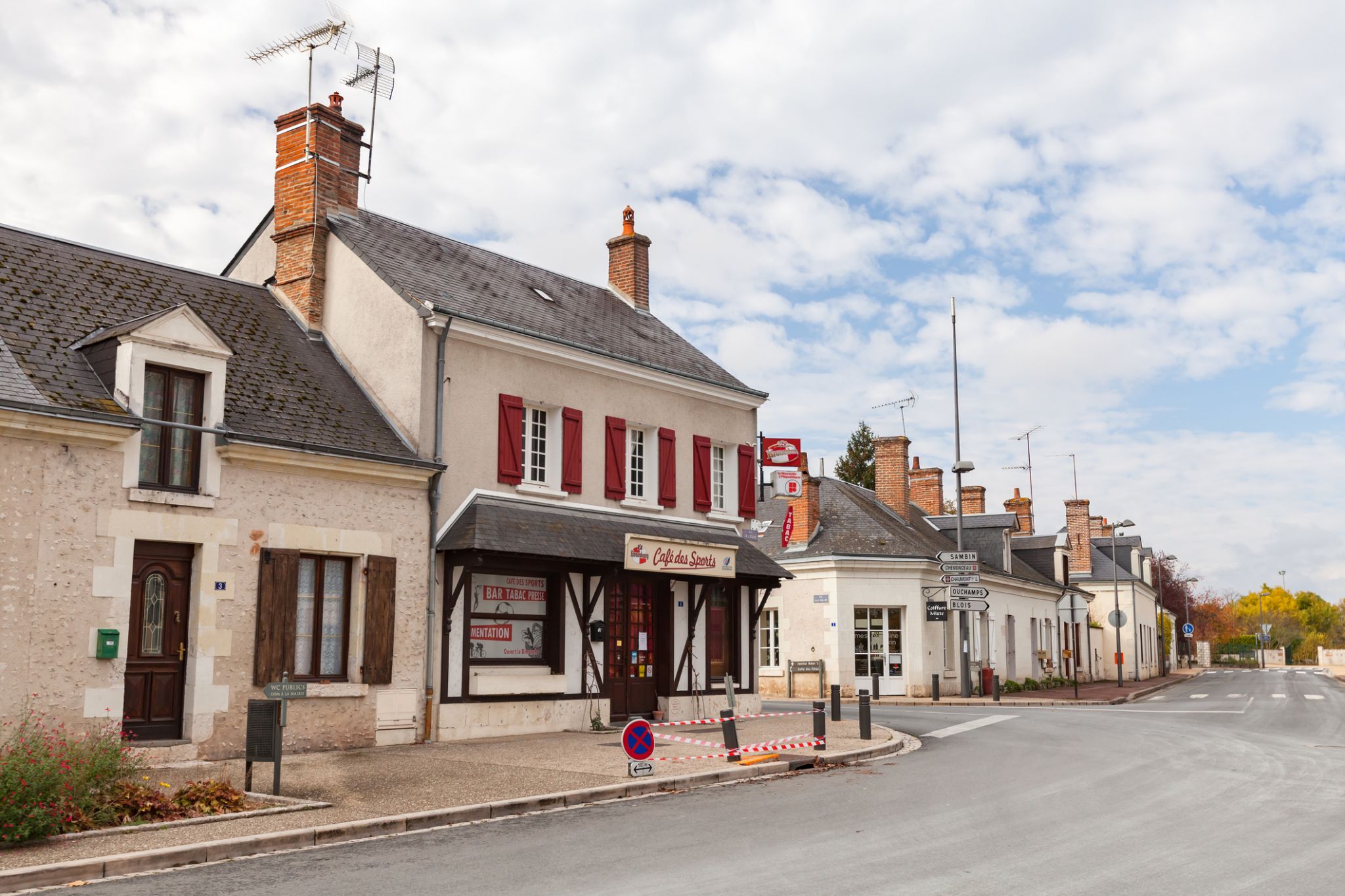 Dzień 4: 18:30
Dzień 4: 18:30Saint-Jean-les-Deux-Jumeaux / Francja
Ciche i malownicze miejsce położone nad brzegiem Sekwany przyciąga podróżnych swoją unikalną atmosferą i bliskością do Paryża. Saint-Jean-les-Deux-Jumeaux to idealny wybór dla tych, którzy szukają spokoju z dala od zgiełku dużego miasta, jednocześnie mając łatwy dostęp do jego kulturalnych i historycznych skarbów. Tutaj można cieszyć się spacerami wzdłuż brzegów rzeki, zwiedzać stare budynki oraz próbować lokalnej kuchni w przytulnych kawiarniach. Okolice Saint-Jean-les-Deux-Jumeaux są również popularne wśród miłośników rowerów i wędkarstwa, co czyni to miejsce prawdziwą perełką dla miłośników przyrody i aktywnego wypoczynku. -
 Dzień 5: 08:00
Dzień 5: 08:00Saint-Jean-les-Deux-Jumeaux / Francja
Ciche i malownicze miejsce położone nad brzegiem Sekwany przyciąga podróżnych swoją unikalną atmosferą i bliskością do Paryża. Saint-Jean-les-Deux-Jumeaux to idealny wybór dla tych, którzy szukają spokoju z dala od zgiełku dużego miasta, jednocześnie mając łatwy dostęp do jego kulturalnych i historycznych skarbów. Tutaj można cieszyć się spacerami wzdłuż brzegów rzeki, zwiedzać stare budynki oraz próbować lokalnej kuchni w przytulnych kawiarniach. Okolice Saint-Jean-les-Deux-Jumeaux są również popularne wśród miłośników rowerów i wędkarstwa, co czyni to miejsce prawdziwą perełką dla miłośników przyrody i aktywnego wypoczynku. -
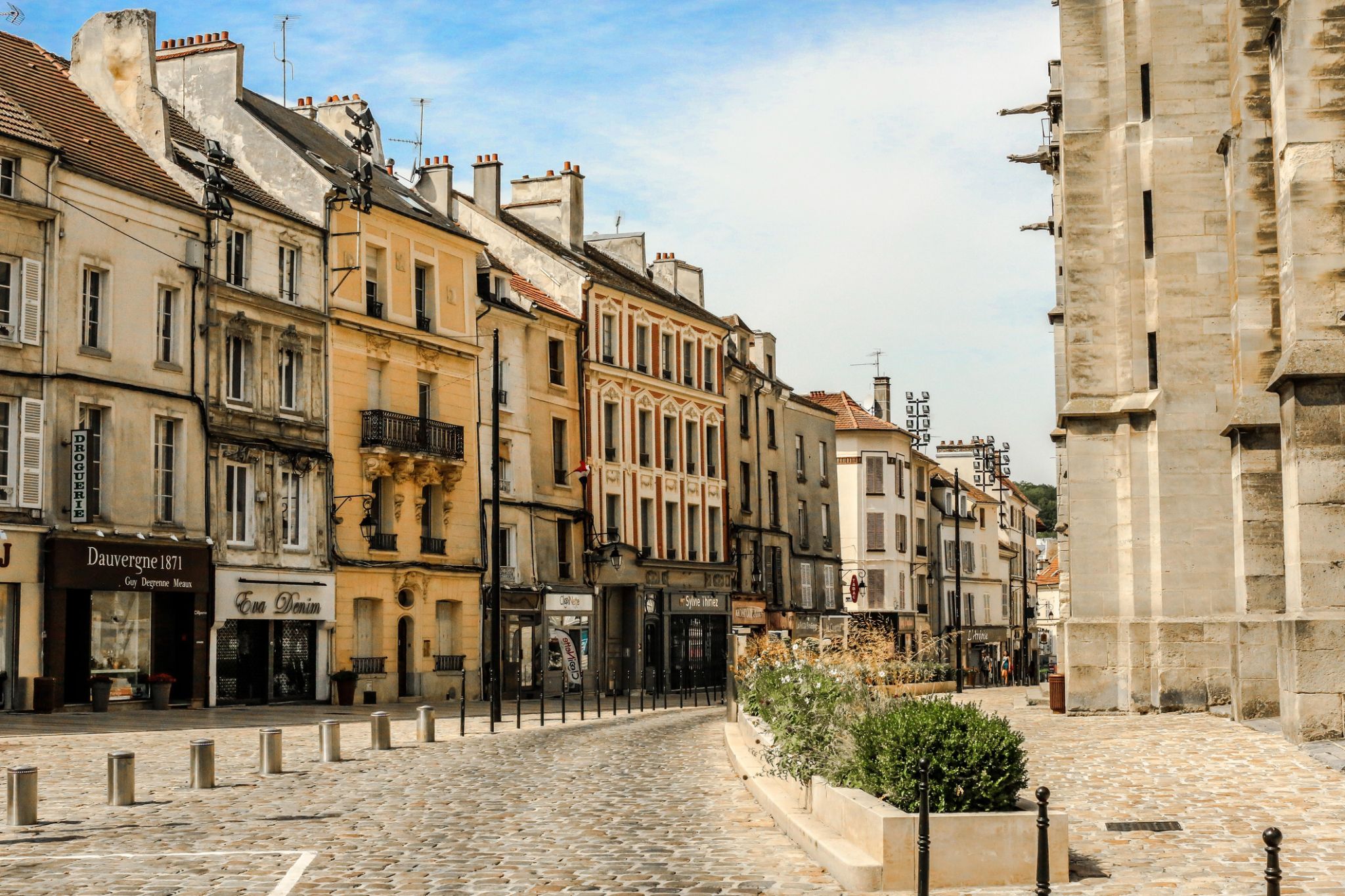 Dzień 5: 13:00-13:30
Dzień 5: 13:00-13:30Meaux / Francja
-
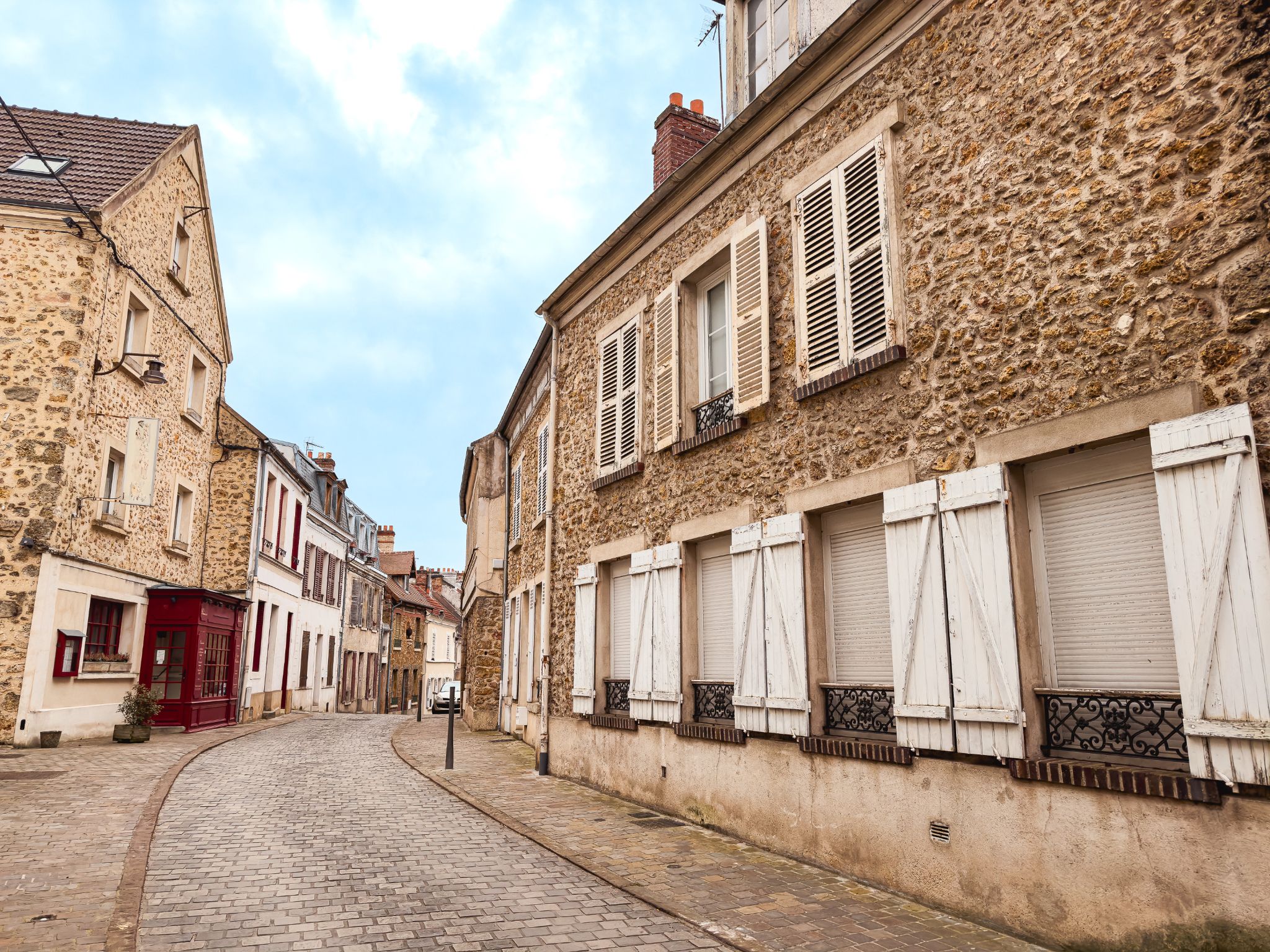 Dzień 5: 18:30
Dzień 5: 18:30Lagny-sur-Marne / Francja
-
 Dzień 6: 07:00
Dzień 6: 07:00Lagny-sur-Marne / Francja
-
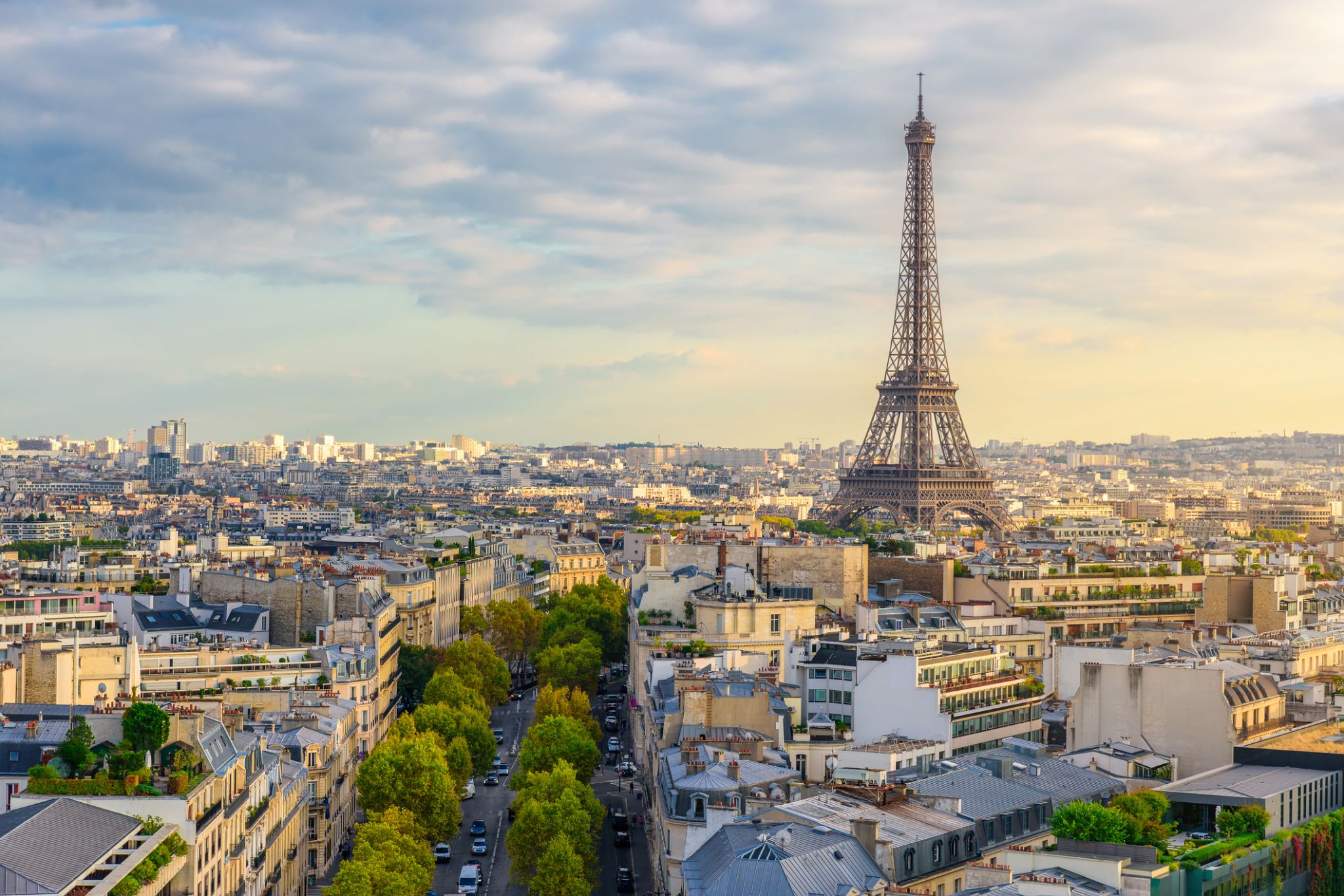 Dzień 6: 14:15
Dzień 6: 14:15Paryż / Francja
the capital of France, on the Seine River; population 2,203,817 (2006). Paris was held by the Romans, who called it Lutetia, and by the Franks, and was established as the capital in 987 under Hugh Capet. It was organized into three parts—the Île de la Cité (an island in the Seine), the Right Bank, and the Left Bank—during the reign of Philippe-Auguste 1180–1223. The city's neoclassical architecture dates from the modernization of the Napoleonic era, which continued under Napoleon III, when the bridges and boulevards of the modern city were built.
-
 Dzień 7: 09:00
Dzień 7: 09:00Paryż / Francja
the capital of France, on the Seine River; population 2,203,817 (2006). Paris was held by the Romans, who called it Lutetia, and by the Franks, and was established as the capital in 987 under Hugh Capet. It was organized into three parts—the Île de la Cité (an island in the Seine), the Right Bank, and the Left Bank—during the reign of Philippe-Auguste 1180–1223. The city's neoclassical architecture dates from the modernization of the Napoleonic era, which continued under Napoleon III, when the bridges and boulevards of the modern city were built.

